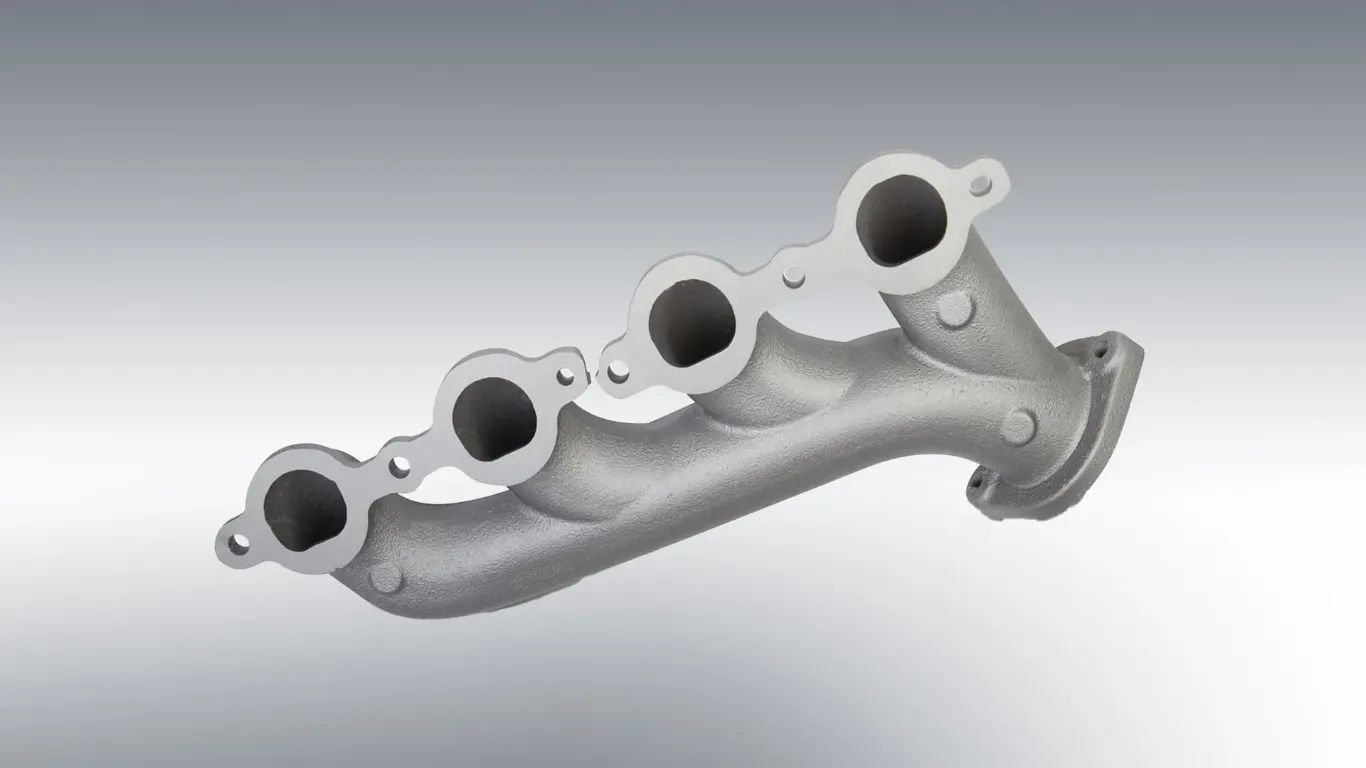The exhaust manifold is a single pipe that delivers the exhaust gas from the cylinders to the outer exhaust pipe. Exhaust gas is dangerous because it contains colorless, odorless and poisonous gases such as carbon monoxide. Gases leaking from the exhaust manifold can pass through the vents and leak into the vehicle.
If the exhaust manifold leaks, the vehicle’s efficiency (fuel and performance) also drops.


How to detect exhaust manifold failure
Cracking of the pipe
If the pipe on the exhaust manifold mounts is cracked, there is likely a leak. Since this rigging is under the vehicle, it is necessary to lift the vehicle to check for leaks.
Noisy operation of the vehicle
If there is a leak in the exhaust manifold, the sound coming from around the engine will be louder than before. There is a gasket that mediates between the engine block and the exhaust manifold pipes. The wearing effect of the heating and cooling cycle that occurs during the operation of the vehicle affects the gasket as well as the pipes. It is necessary to check this gasket.
Hit the gas and listen to the engine
See if the sound coming from the gas pedal is different than before. If you have some experience you can tell the difference. However, this method is not definitive for fault detection, as this sound difference may be due to another problem.
Spray test
You can tell if there is an invisible leak in the exhaust manifold by doing a spray experiment.
Exhaust smell
Carbon monoxide is an odorless gas, but other gases in the exhaust gas have an odor. If there is a leak in the exhaust manifold, you can tell by the smell in the vehicle.
Other symptoms
If there is a general change in the vehicle’s traction, idling fluctuations, or if there has been an increase in fuel consumption recently, there may be an exhaust manifold malfunction.
Is it possible to repair the exhaust manifold crack?
For the repair of the exhaust manifold crack, it is welded to the cracked area. The weld made by a master manages the situation for a while by closing the crack. But not every welder can do this welding process.
Welders in the market generally understand steel welding. The exhaust manifold, on the other hand, is mostly made of cast iron and should be done by someone familiar with cast iron welding.
Cast iron electrodes containing 98% nickel are used for cast iron. The metal to be welded is heated up to 300 degrees and welded while it is hot. After welding, the part should cool slowly. To achieve this, sand is poured on the part or cooling is carried out in the furnace.
Another alternative for exhaust manifold crack repair is to use heat resistant sealants. Considering the difficulty of finding the right welder and the labor cost, it would be practical to use putty.
